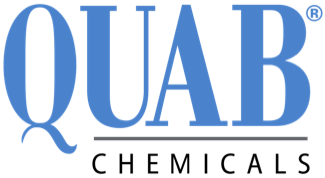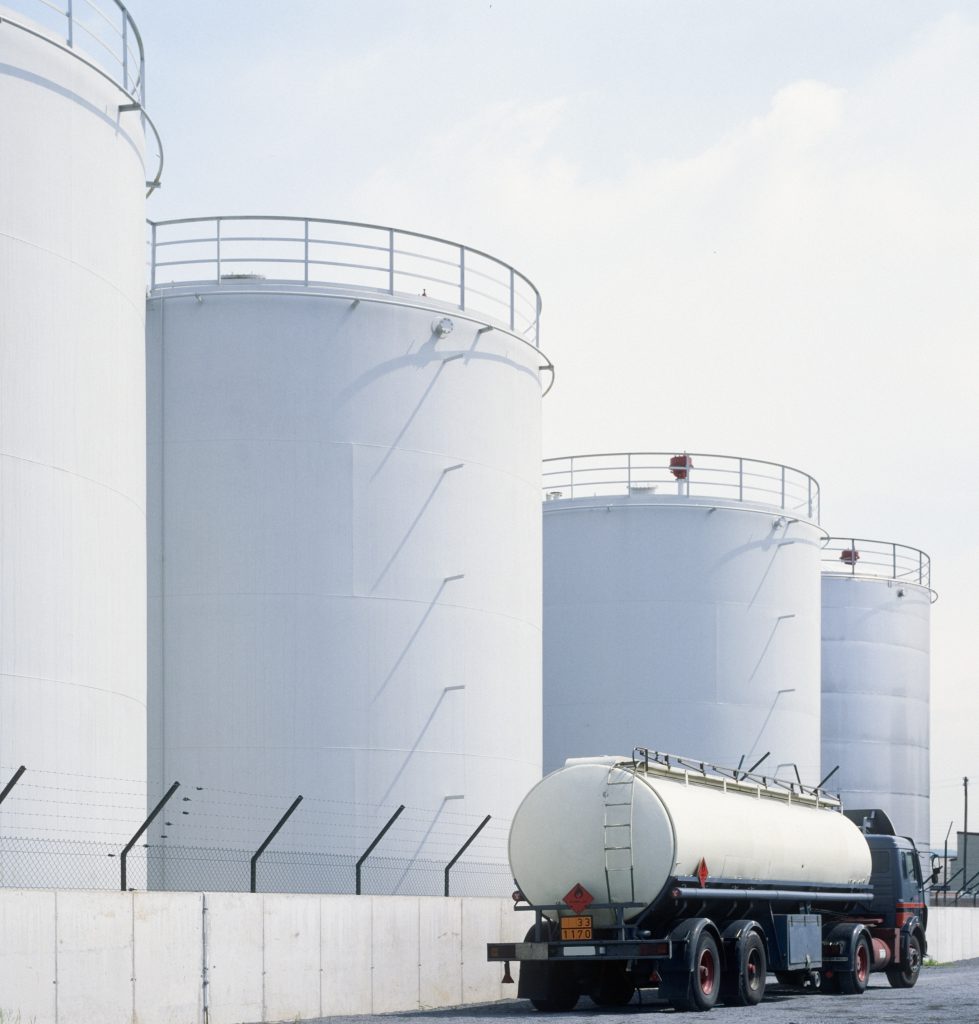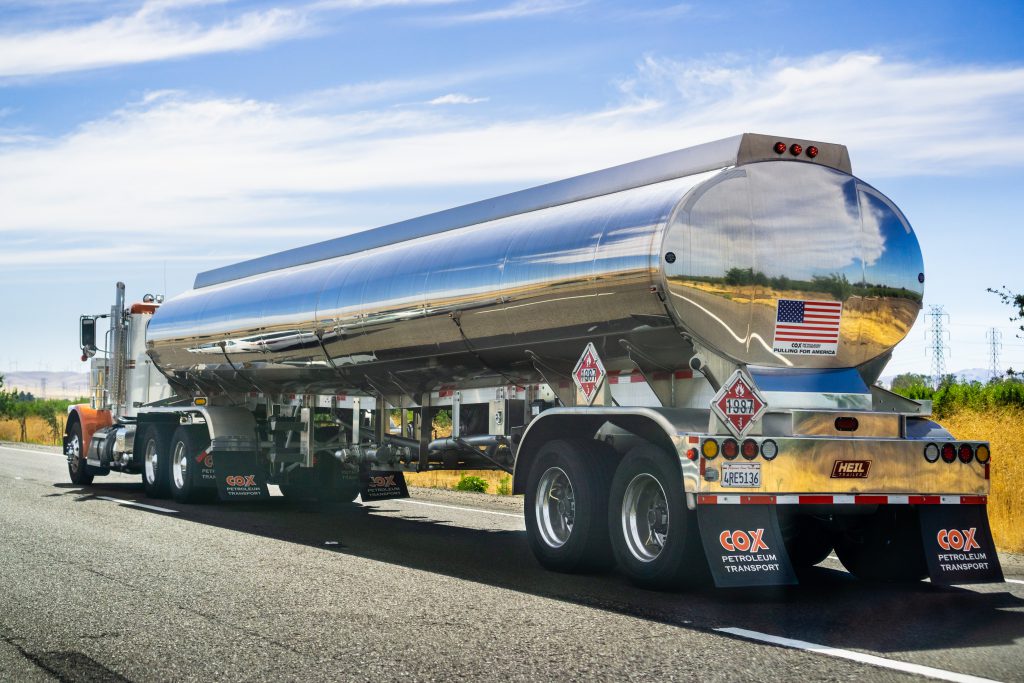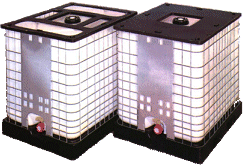We also offer the QUAB Specialties QUAB 342, QUAB 360 and QUAB 426, which are the trade names for the solutions of the active substance 3-chloro-2-hydroxypropyl-alkyl-dimethylammonium chloride. In these products, a methyl group within the quaternary ammonium group is substituted by a long-chain alkyl group (R = dodecyl-, cocoalkyl- or stearyl-). These products are delivered exclusively as chlorohydrins.
QUAB 342 and QUAB 360 are sold as aqueous solutions with total active weight concentrations of approx. 40 % (chlorohydrin).
QUAB 426 is sold as a solution in a 1,2-propanediol / water mixture with approx. 40 % weight concentration (chlorohydrin)
